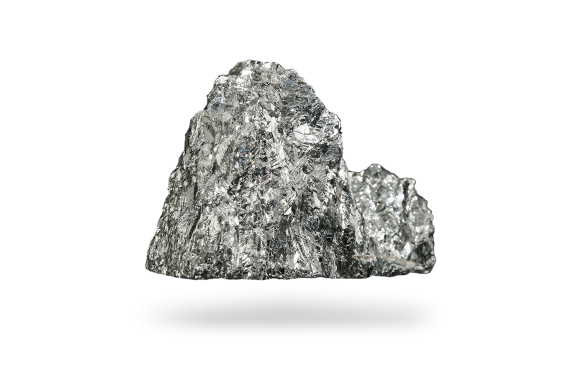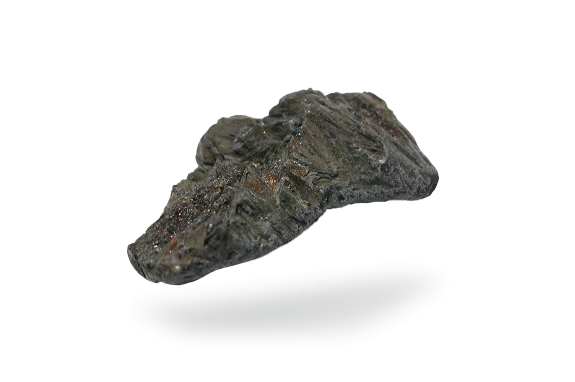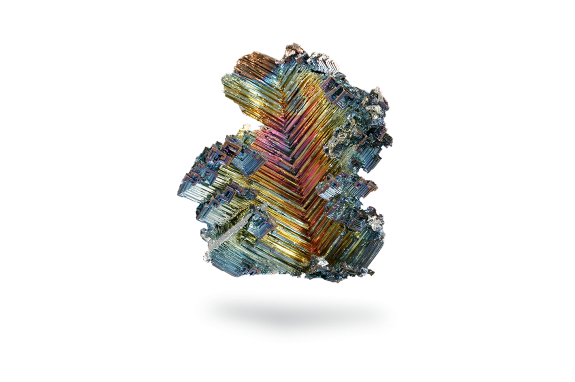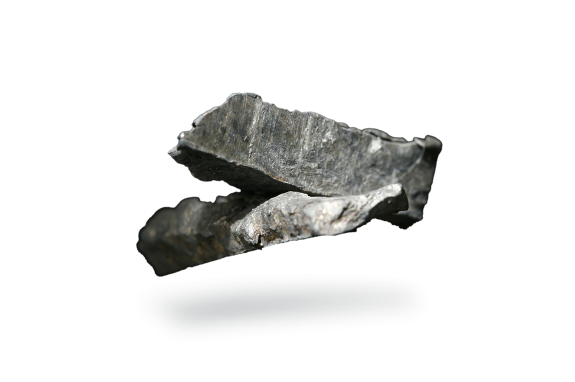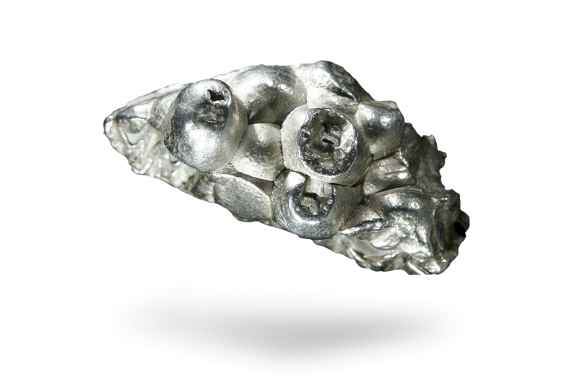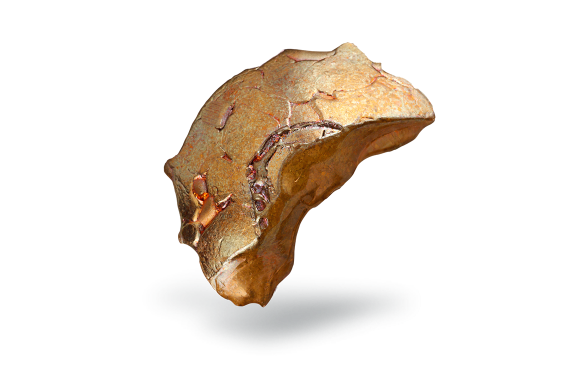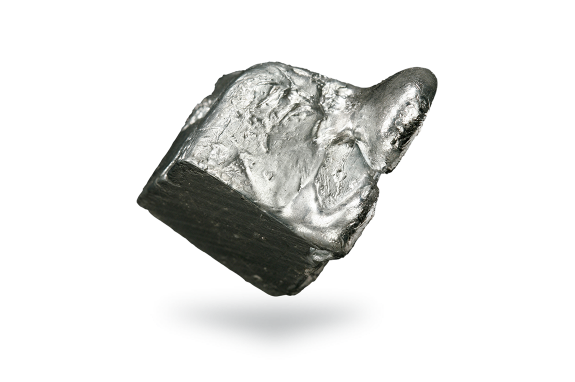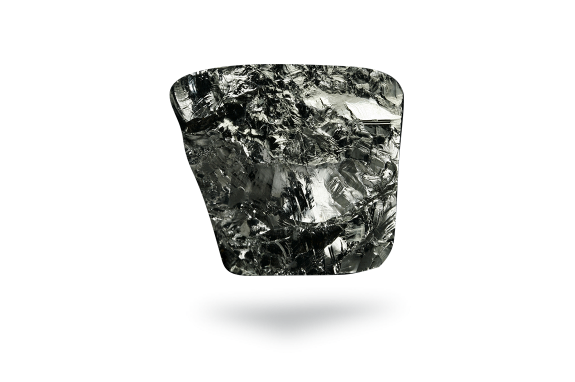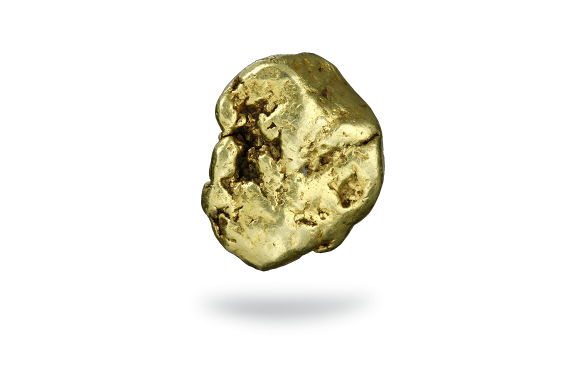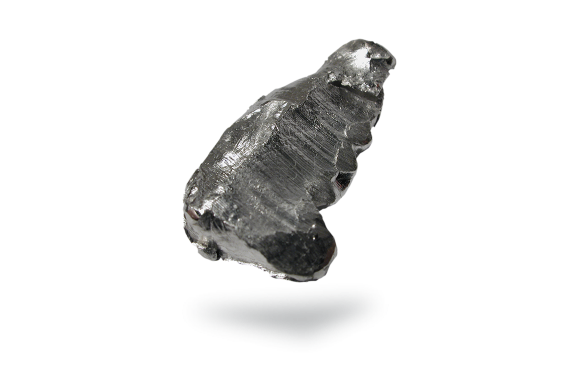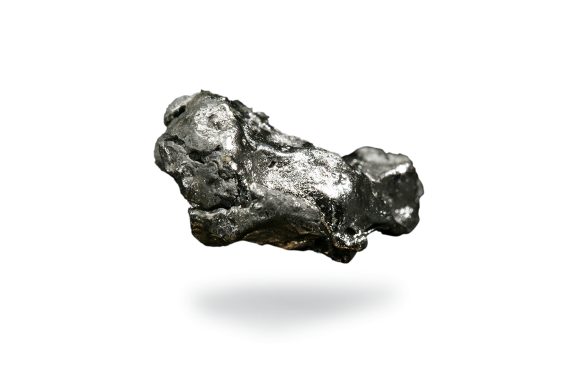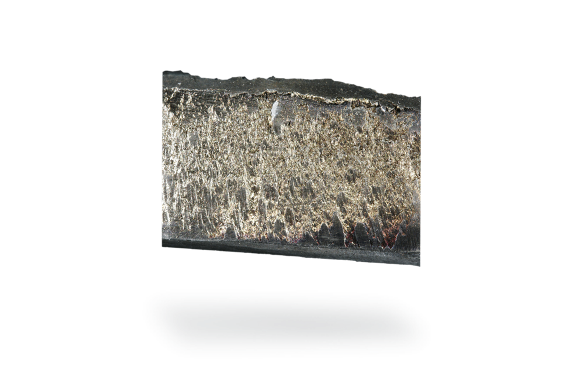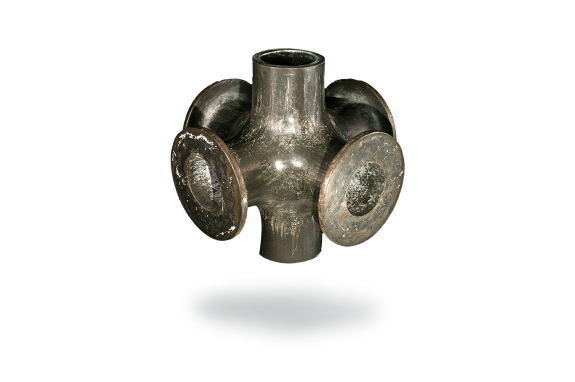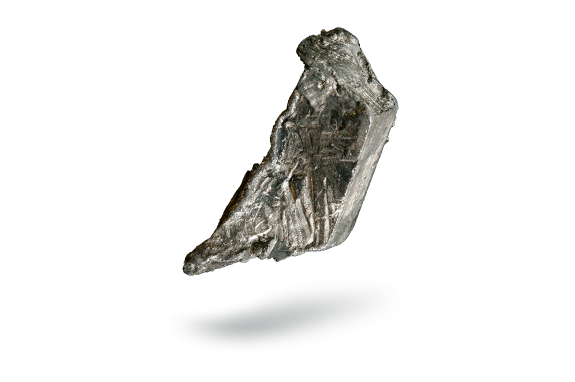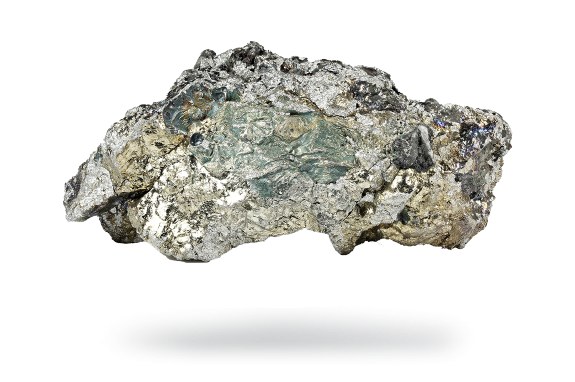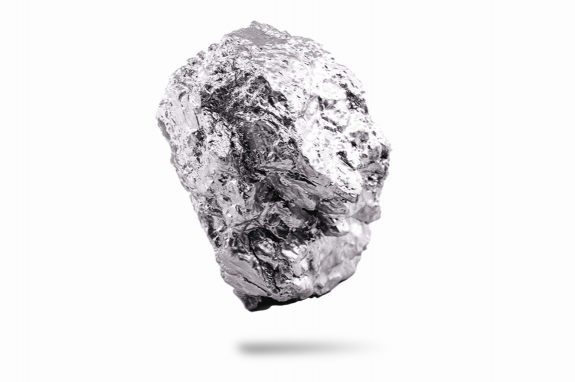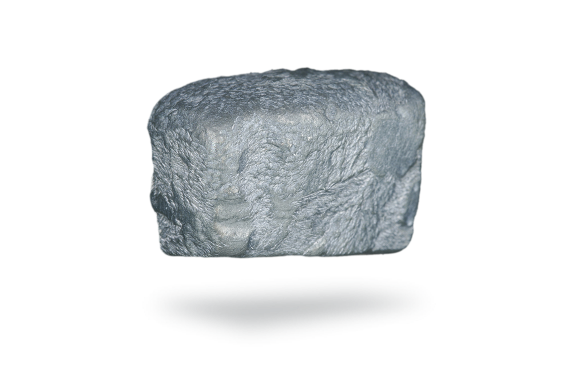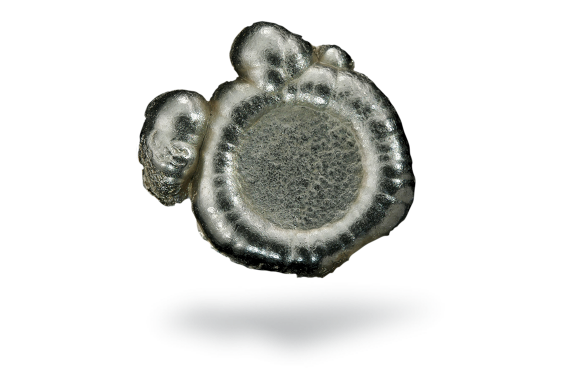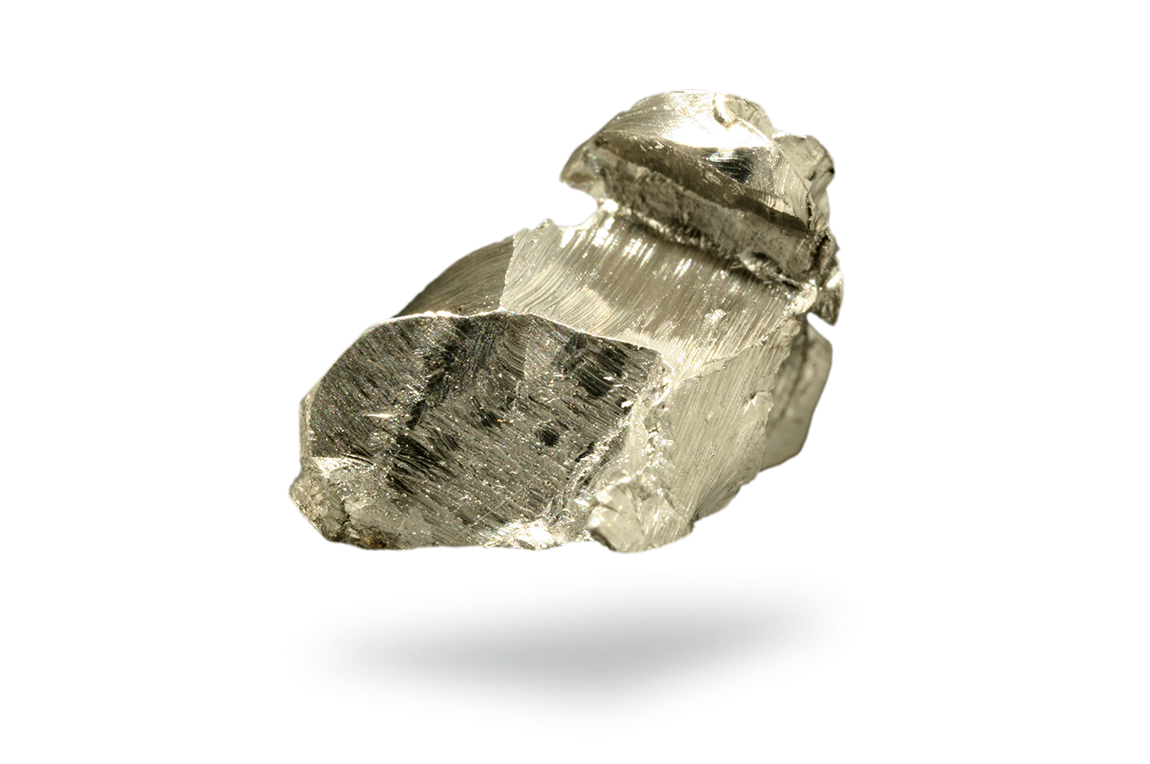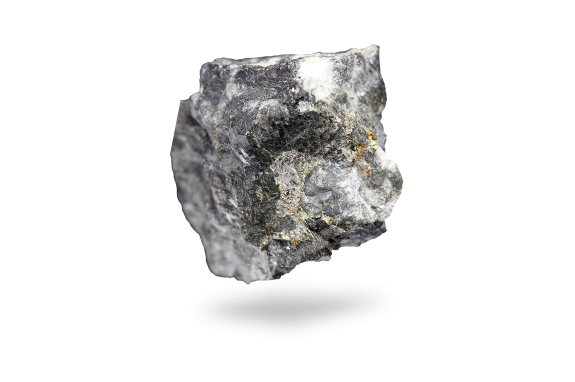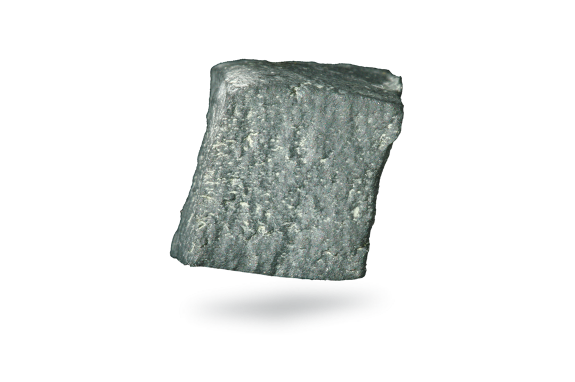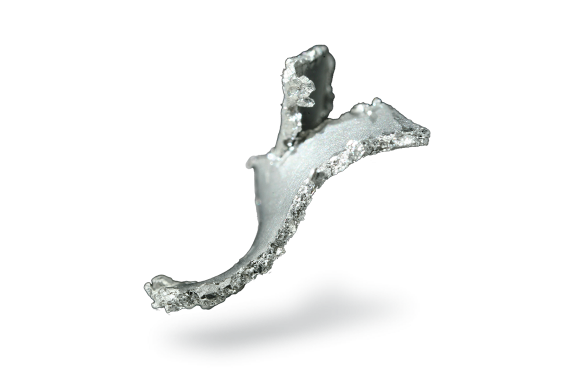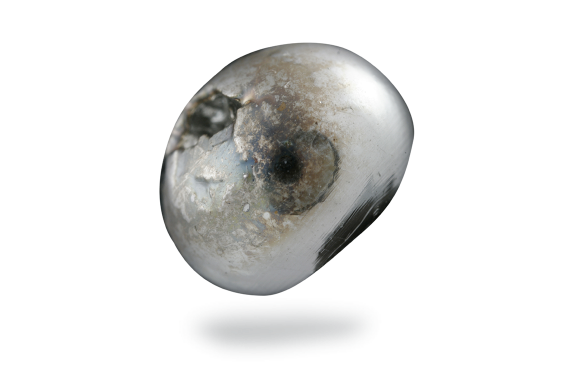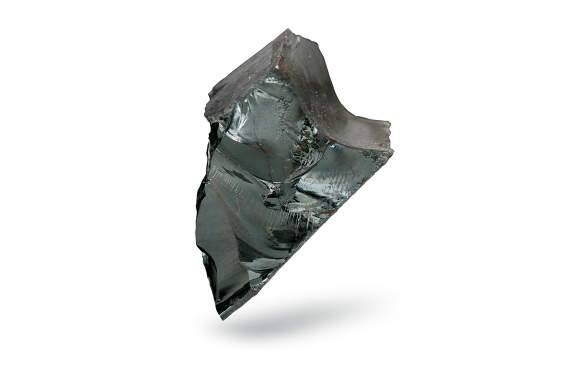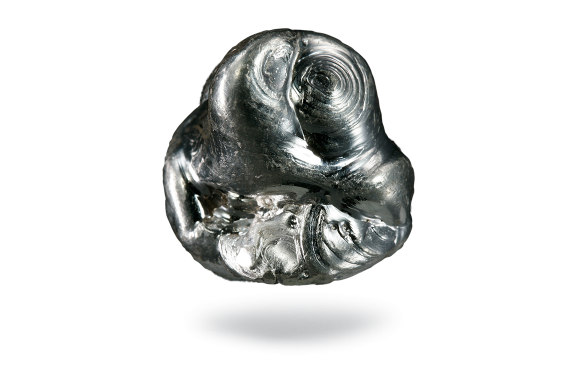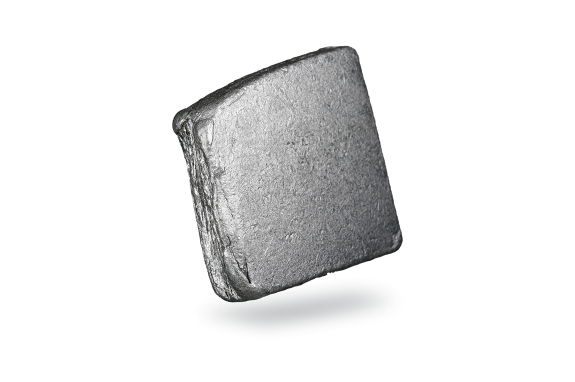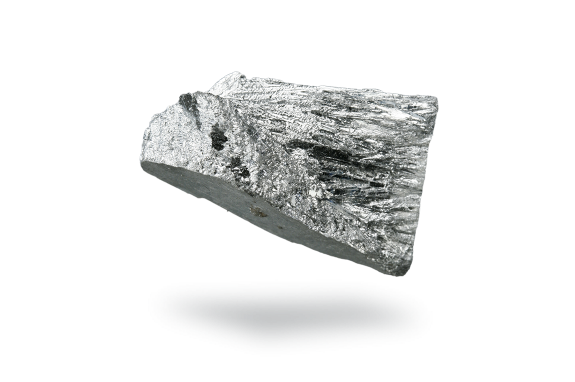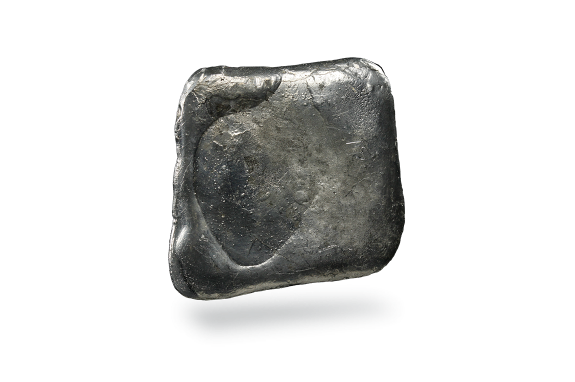Tungsten
Applications
- Tungsten and its alloys are widely used for filaments in older style (not energy saving) electric bulbs and electronic tubes, and in halogen tungsten lamps.
- High speed steel contains up to 18% tungsten.
- High-temperature applications such as welding.
- Tungsten carbide (WC or W2C) is extremely hard and is used to make drills. It is also used for jewelry because of its hardness and wear resistance.
Recycling
The tungsten processing industry is able to treat almost every kind of tungsten-containing scrap and waste to recover tungsten. Cemented carbide scrap, turnings, grindings and powder scrap from the tooling industry are oxidized and chemically processed.
Properties
- A very hard, dense, silvery-white, lustrous metal.
- Tarnishes in air, forming a protective oxide coating.
- In powder form tungsten is gray.
- Has the highest melting point of all metals, and at temperatures over 1650°C also has the highest tensile strength.
- Pure tungsten is ductile, and tungsten wires, even of a very small diameter, have a very high tensile strength.
- Is highly resistant to corrosion.
History
Tungsten dates back to medieval German and Swedish smelters. Its name is derived from the Swedish words tung sten, meaning heavy stone. Its chemical symbol W, is derived from the German wolfram, the old name of the tungsten mineral wolframite.
In 1779 Irish chemist Peter Woulfe deduced the existence of a new element – tungsten – from his analysis of the mineral wolframite (an iron manganese tungstate mineral).
Tungsten was isolated as tungstic oxide (WO3) in Sweden in 1781 by Carl W. Scheele, from the mineral scheelite (calcium tungstate). However he did not have a suitable furnace to reduce the oxide to the metal.
Tungsten was finally isolated by brothers Fausto and Juan Jose de Elhuyar in 1783, in Spain, by reduction of acidified wolframite with charcoal.


